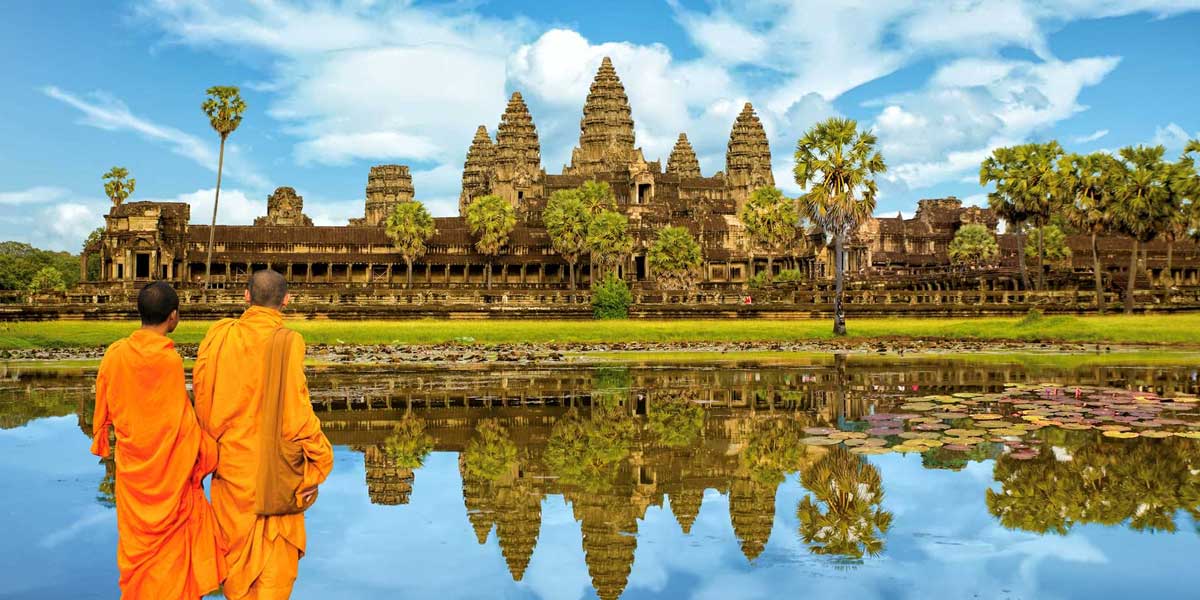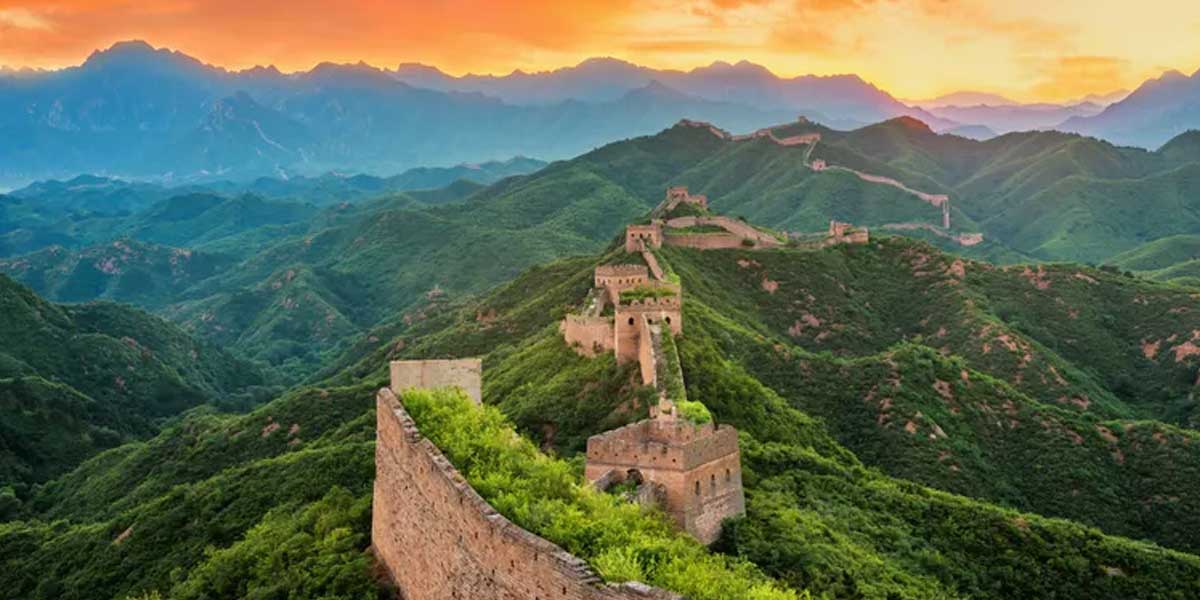10 of The Best Tourist Attractions Around The World

Angkor Wat is one of the best destinations in the world--https://cdn.expeditions.com/
BELITONGEKSPRES.CO.ID - Tourist attractions refer to popular destinations or landmarks that draw visitors from around the world due to their cultural, historical, natural, or entertainment value.
These attractions often offer unique experiences, showcase architectural wonders, exhibit natural beauty, or provide opportunities for exploration and enjoyment.
Tourist attractions can include famous landmarks, historical sites, natural wonders, museums, theme parks, art galleries, iconic buildings, religious sites, national parks, and more.
They play a significant role in promoting tourism and providing visitors with memorable experiences while showcasing the heritage and attractions of a particular location.
There are numerous incredible tourist attractions around the world, but here are 10 of the best ones known for their cultural, historical, or natural significance:
BACA JUGA:Tips Hemat dan Update Biaya Tiket ke Kelingking Beach, Broken Beach, dan Angel’s Billabong

The Great Wall of China is one of the best destinations in the world--https://www.tripsavvy.com/
The Great Wall of China is one of the most iconic and awe-inspiring tourist attractions in the world. It is a massive series of fortifications built across the historical northern borders of China to protect the country from invasions and nomadic tribes.
Key Facts about the Great Wall of China:
- Length: The wall stretches over 13,000 miles (21,196 kilometers) across various terrains, including mountains, deserts, and grasslands.
- History: Construction of the wall began over 2,000 years ago, with different sections built and connected during various dynasties. The majority of the existing wall dates back to the Ming Dynasty (1368-1644).
- Architecture: The wall is primarily made of stone, brick, tamped earth, and other materials found locally. Its width varies, ranging from 15 to 30 feet, and its height reaches up to 26 feet in some sections.
- UNESCO World Heritage Site: The Great Wall of China is recognized as a UNESCO World Heritage site, emphasizing its historical and cultural significance.
- Visiting the Wall: Many sections of the wall are open to tourists, with the most popular sections being Badaling and Mutianyu near Beijing. Visitors can hike, walk, or take cable cars to explore the wall and enjoy breathtaking views of the surrounding landscape.
- Symbolism: The Great Wall symbolizes China's rich history, culture, and architectural prowess. It is often regarded as one of the Seven Wonders of the World and an enduring testament to human engineering and perseverance.
Visiting the Great Wall of China offers a remarkable experience, allowing visitors to witness this incredible feat of human ingenuity and appreciate the stunning landscapes it traverses. It's a must-see destination for history enthusiasts, nature lovers, and travelers seeking to immerse themselves in the grandeur of Chinese heritage.
2. Machu Picchu
Machu Picchu is a remarkable ancient Incan city situated high in the Andes Mountains of Peru. It is one of the most renowned archaeological sites in the world and a popular tourist attraction.
Cek Berita dan Artikel lainnya di Google News
Sumber:










